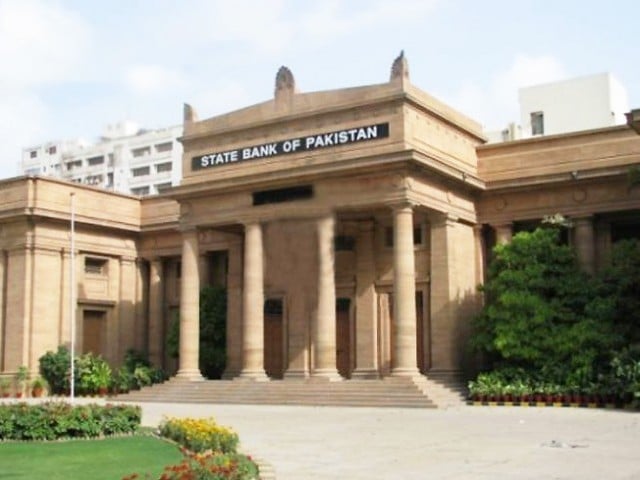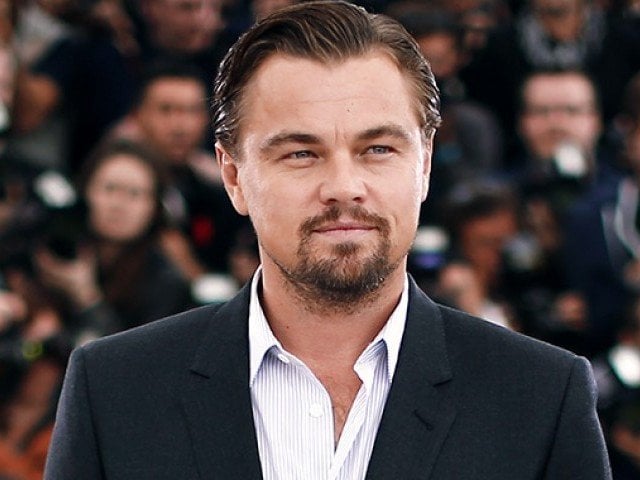
“There is anticipation of higher economic activity in 2015-16, which is expected to boost credit uptake,” the SBP said in the monetary policy statement released last week. “In the coming days, credit off-take is expected to strengthen further.”
Although the SBP listed many reasons for its expectation of high credit off-take, analysts have roundly criticised the central bank for painting an overly rosy picture that is “part hope and part prayer”.
After all, outstanding loans to the private sector amounted to Rs3.29 trillion at the end of July, down 1.7% or Rs56.5 billion from a month ago. However, the SBP downplayed the month-on-month reduction in the outstanding amount of loans in July by calling it a part of the “normal credit cycle”.
“The off-take of fixed investment loans by energy generation and distribution, chemicals and services sectors signal possible pick-up in their productive activity in the coming months,” it said.
So do the latest statistics on private-sector loans actually suggest a high credit demand going forward?

According to Topline Securities analyst Umair Naseer, growth in advances so far in 2015 is “not impressive,” although the interest rates are at a multi-decade-low level.
The SBP has yet to release detailed data on private-sector credit for August. However, statistics for the first seven months of 2015 show outstanding loans to the private sector have actually declined by Rs52.16 billion, or 1.5%, in Jan-July.
The important point to note here is that the SBP had lowered the benchmark interest rate by 2.5% during the seven-month period. Furthermore, the SBP has reduced the policy rate from 9.5% in November 2014 to 6% in September.
So the question arises: why is the private sector not taking out loans in spite of decreased interest rates, which have brought the banking spreads down to a multi-year low level?
Naseer believes a major drag on the overall credit growth is a slow increase in the industrial sector credit. “Lending to the industrial sector accounts for 37% of the total credit,” he said, noting that a slowdown in credit growth is linked to dampened domestic and international demand, falling output prices for key industries such as textiles, and persistent energy shortages.
One exception within private-sector credit is consumer financing, which has risen sharply as opposed to most other categories. It increased 6.5% in the first seven months of 2015 to reach Rs279.5 billion at the end of July. The increase in consumer financing over the same seven-month period of 2014, however, was 5%. Consumer financing represents 8.4% of total outstanding credit to the private sector, according to SBP data.
Naseer says he has revised down the growth rate for gross advances of all scheduled banks from the initial estimate of 12% to 6% for 2015. Gross advances had grown by 9% in 2014 year on year, SBP data shows.
“From 2016 onwards, advances are expected to increase 10% on the back of projects to be initiated under the China-Pakistan Economic Corridor and revival of industrial growth with expected improvements in the energy situation,” he said.
Published in The Express Tribune, September 17th, 2015.
Like Business on Facebook, follow @TribuneBiz on Twitter to stay informed and join in the conversation.

1729161093-0/liam-(4)1729161093-0-165x106.webp)


1732603002-0/lamar-(4)1732603002-0-165x106.webp)
1732604291-0/BeFunk_§_]__-(52)1732604291-0.jpg)

1732606500-0/BeFunk_§_]__-(53)1732606500-0.jpg)


1732607286-0/Untitled-design-(2)1732607286-0-270x192.webp)






COMMENTS
Comments are moderated and generally will be posted if they are on-topic and not abusive.
For more information, please see our Comments FAQ